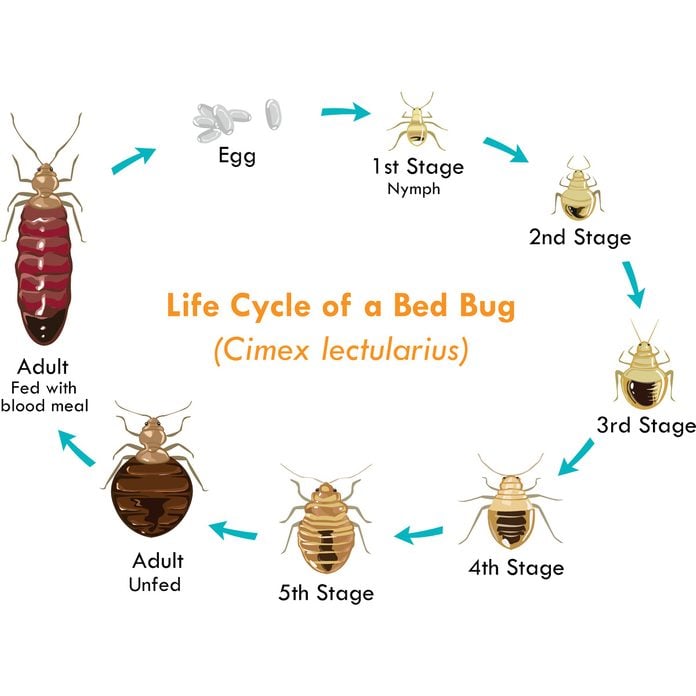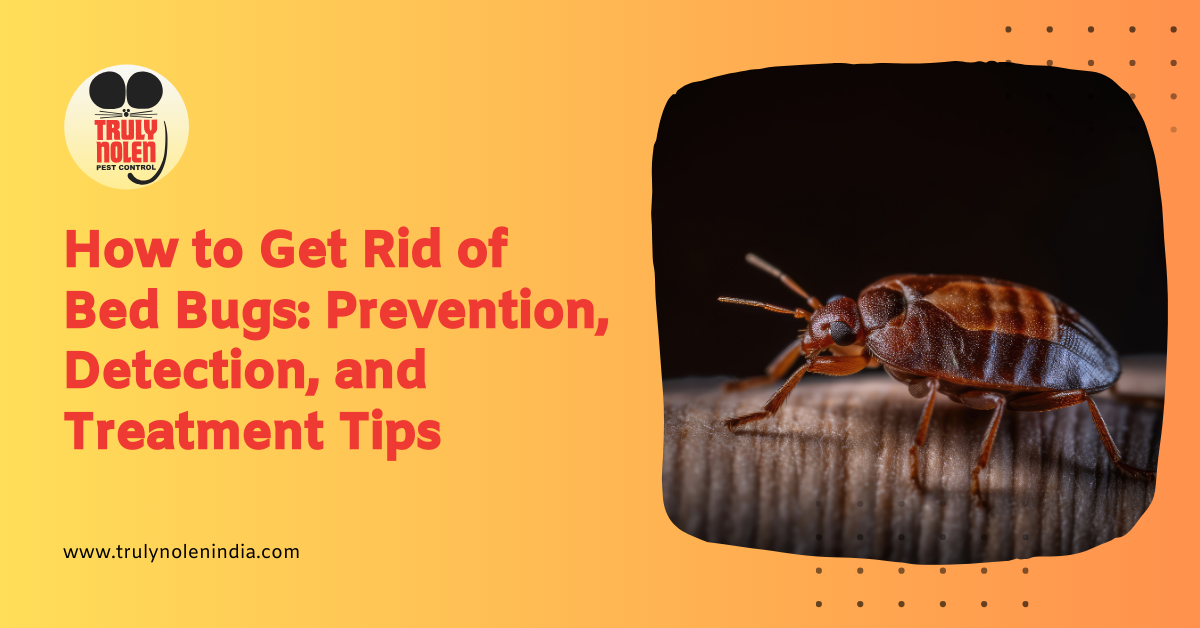Navigating the Globe of Bed Bug Treatment: What Works Best?
Navigating the Globe of Bed Bug Treatment: What Works Best?
Blog Article
Discover the Best Bed Pest Therapy Techniques for Your Pest Control Plan
When faced with a bed insect invasion, determining the most efficient therapy techniques comes to be crucial for successful parasite control. Picking the best bed pest treatment approach tailored to your particular scenario is necessary for achieving long lasting outcomes.
Identifying Bed Bug Infestations
Identifying signs of a bed bug invasion can be vital in properly addressing the concern and avoiding more spread in a timely way (Bed bug treatment). Bed bugs are elusive insects that hide during the day and come out at night to feed on blood. Usual signs of a bed insect invasion consist of reddish-brown stains on bed linen or furnishings from smashed insects, tiny dark areas that are bed pest excrement, shed skins in locations where bed bugs hide, and a sweet, moldy odor in extreme problems
Trigger recognition of a bed bug problem is crucial to prevent the scenario from escalating and requiring extra considerable treatment techniques. If you presume a bed pest infestation, it is recommended to look for professional insect control aid to efficiently eliminate the pests from your home.
Non-Chemical Treatment Techniques
Non-chemical treatment approaches provide effective choices for attending to bed bug problems without relying on standard chemicals. Warm treatment is one such technique that entails increasing the temperature in ravaged areas to levels that are dangerous to bed bugs. Furthermore, steam treatment can be used to kill bed insects and their eggs by revealing them to high temperatures, making it a useful non-chemical choice for combating infestations.
Chemical Treatment Alternatives
Having actually checked out efficient non-chemical techniques for resolving bed insect problems, it is necessary to think about the efficacy of chemical treatment choices in combating these resistant parasites. Chemical treatments play a critical role in bed bug control, particularly in extreme problems where non-chemical methods may not offer adequate alleviation. There are different types of chemical treatments offered for taking care of bed pests, including insecticides, desiccants, and insect development regulatory authorities.
Insecticides are generally used to kill bed insects on call and deal recurring protection versus future infestations (Bed bug treatment). Desiccants work by damaging the outer waxy layer of bed bugs, resulting in dehydration and fatality. Insect growth regulators interrupt the bed insect life cycle by hindering their development from fairies to grownups, inevitably lowering the population gradually
When taking into consideration chemical therapy alternatives, it is essential to prioritize security by adhering to label directions, making use of ideal protective equipment, and considering the possible threats to humans and pet dogs. Consulting with an expert insect control service can help establish one of the most risk-free and efficient chemical treatment for your see it here details bed insect infestation.
Integrated Parasite Monitoring Methods

IPM approaches for bed bug control may consist of thorough evaluation to determine the extent of invasion, recognition of key harborage sites, and implementation of cleanliness actions. Furthermore, minimizing clutter, sealing holes and fractures, and eliminating prospective concealing areas can help prevent bed insects from developing themselves.
In addition, non-chemical control approaches such as warm treatment, vacuuming, heavy steam cleaning, and making use of bed bug catches can be efficient parts of an IPM plan. These techniques target bed bugs at various life phases and disrupt their reproductive cycle, resulting in populace reduction.
Regular tracking and follow-up inspections are vital in IPM to assess the efficiency of control measures and make needed changes. By incorporating integrated bug management techniques right into your insect control strategy, you can attain long-term success in handling bed pest infestations.
Professional Extermination Services
Professional elimination services supply customized expertise and resources for successfully eradicating bed bug invasions. Bed insect problems can be particularly challenging to tackle due to their resilience and capability to conceal in numerous cracks and crevices. Expert pest control experts are trained to determine the indications of bed insects, find their hiding areas, and utilize targeted therapy approaches to remove them successfully.
When selecting a specialist elimination solution for bed insect control, it is essential to search for certified and accredited bug control business with experience in dealing particularly with bed bugs. These professionals have access to a variety of treatment options, consisting of chemical and non-chemical methods, to effectively combat bed pest invasions while making sure the safety of pet dogs and passengers.
Furthermore, professional pest control experts can give follow-up examinations and therapies as needed to make certain that the problem is fully removed. Their experience in bed insect behavior and therapy procedures can assist stop future problems, providing satisfaction for house owners and businesses alike. When continue reading this confronted with a persistent bed bug infestation, enlisting the services of professional pest control men is typically one of the most reputable option to achieve full eradication.
Verdict

When encountered with a bed insect problem, determining the most effective treatment techniques comes to be vital for effective bug control. Typical signs of a bed bug problem include reddish-brown discolorations on bedding or furniture from smashed bugs, little dark areas that are bed pest excrement, shed skins in areas where bed insects conceal, and a wonderful, stuffy odor in severe invasions.
Having actually discovered effective non-chemical techniques for dealing with bed insect invasions, it is important to take into consideration the efficiency of chemical treatment alternatives in combating these resistant pests. Chemical treatments play a vital duty in bed pest control, especially in extreme invasions where non-chemical approaches may not give sufficient relief. By incorporating these various treatment methods into an extensive insect control plan, individuals can properly eliminate and take care of bed bug problems in their homes or businesses.
Report this page